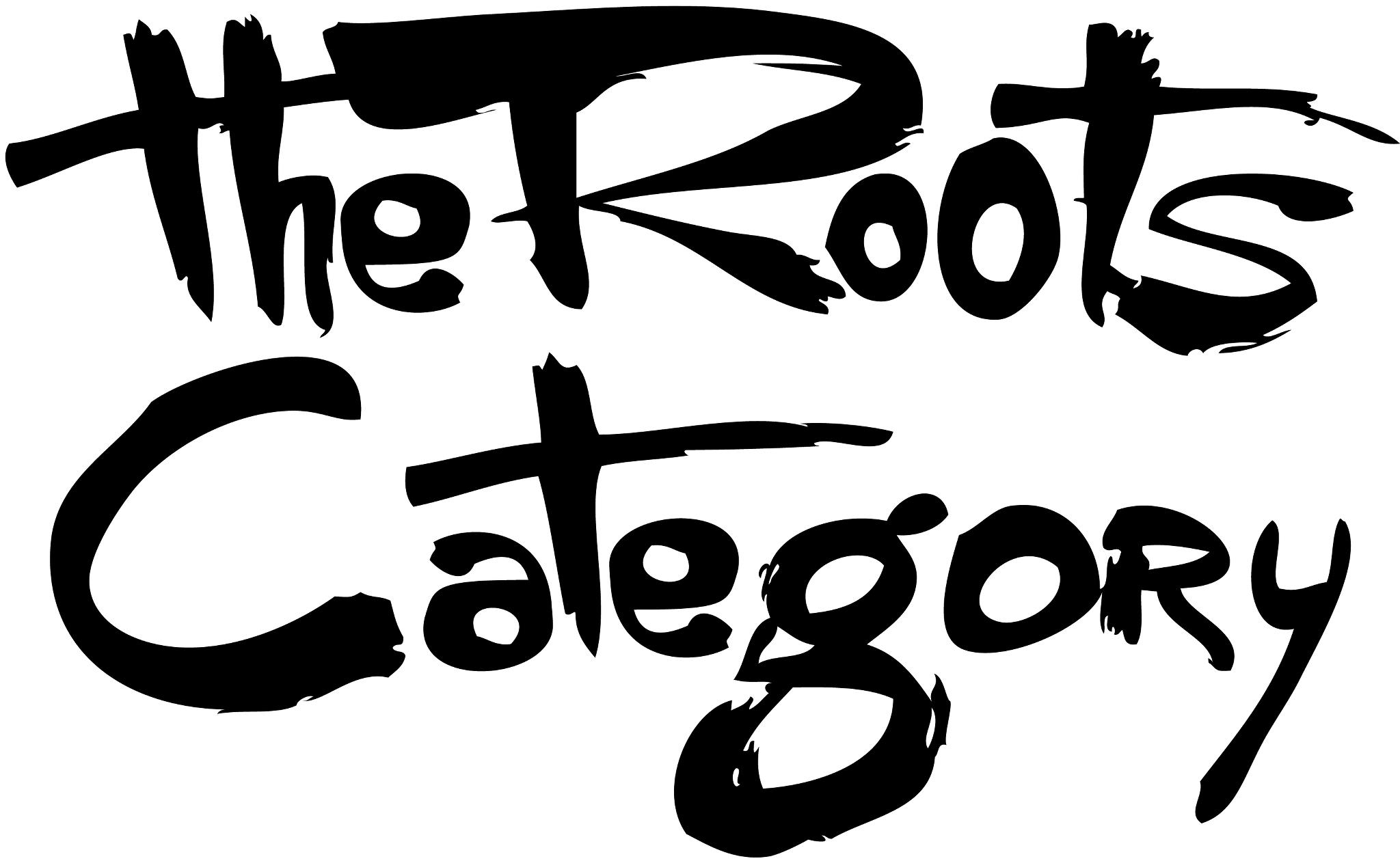Category

‘The objections to the licence fell into four main categories, the committee was told.’ ‘Analysis continued until no new major information on the characteristics of the category was forthcoming.’. Categories provide a helpful way to group related posts together, and to quickly tell readers what a post is about. Categories also make it easier for people to.
Contents • • • • • • • • • • • • • • • • • • • • • • • • • • • • • • • • • Summary [ ] Each of the pages in the Category represents a so-called category, a grouping of related pages, and contains an index for the pages of its category. For example, this page belongs to '.
Digisol 150mbps wireless usb adapter driver. If you open the ' page, you will see a link to this page there. When a page belongs to one or more categories, these categories appear at the bottom of the page (or in the upper-right corner, depending on the being used). The category pages themselves contain 2 parts: • at their beginning, an optional part may contain text that can be edited, like any other page, • at their end, an ever present, automatically generated, alphabetical list of all pages in that category, in the form of links. (In fact, in ASCII order. To assign a category to a page, simply add the link '[[Category: Category name]]' to the page's wikitext. The usual place to add it is at the bottom of the page. To link a category page within a page as a normal wiki link (without adding the page to the category), prefix the link name with a colon.
For example: [[:Category:Not in this category Display Label]] New categories can be before assigning any page to it, in the same way as any other regular page. Individual wikis may have their own top-level categories, such as in Wikipedia.
Protokol zasedanij soveta po pitaniyu v dou. For a complete list of all categories which have at least one page, see. For a complete list of all categories, including the ones that don't have any page, see (note the colon at the end).
For categories on Meta, see. Putting an item in a category [ ] A page in any namespace can be put in a category by adding a category tag to the page (by convention, at the end of the page), e.g.: [[Category: Category name]] You must substitute the actual name of your desired category in place of Category name. For example, to add an article called 'Albert Einstein' to the category 'People', you would edit the Albert Einstein article and add '[[Category:People]]' (no quotes) into its page source somewhere.
This will cause the page to be automatically listed on the associated category page, and it will also create a link in the page to the category page. Category pages are always in the namespace 'Category'. Pages can be included in more than one category by adding multiple category tags.

These links do not appear at the location where you inserted the tag, but at the page margin in a fixed place, depending on the skin (the bottom for MonoBook, the upper right corner for Standard). Category tags may be placed anywhere in the wikitext, but they are typically added near the end. On Wikipedia the policy is that category tags are put after the main wikitext, but before any. Category links are displayed in the order in which they occur in the wikitext. Hidden categories [ ] When __HIDDENCAT__ is put on a category page, that category is not listed on the pages within it. See and for an example.